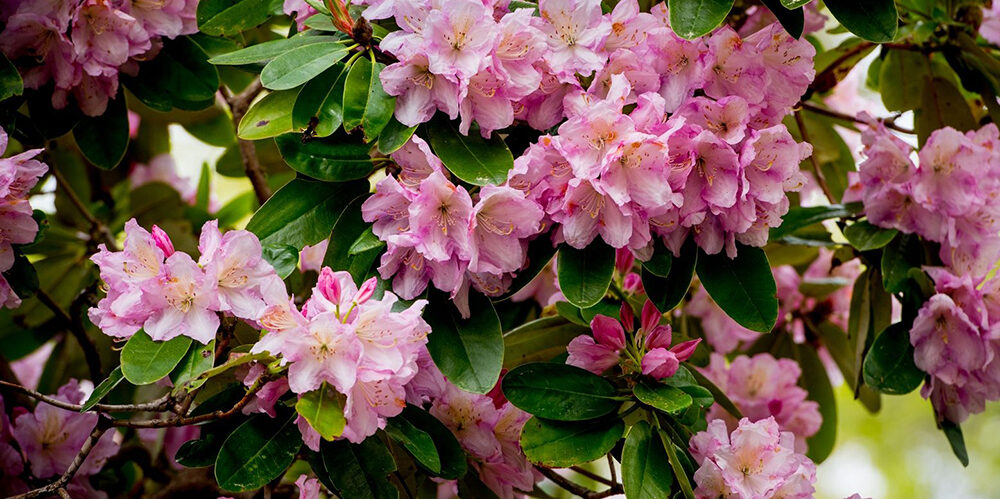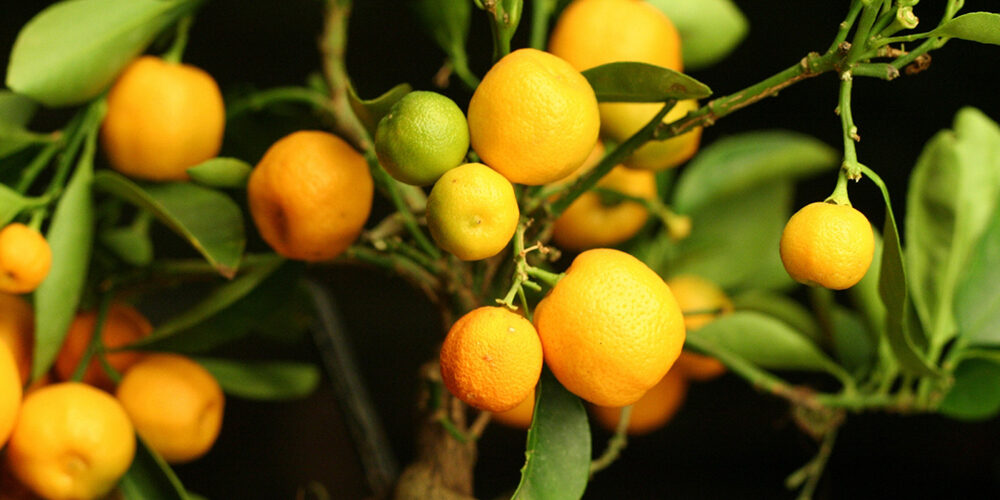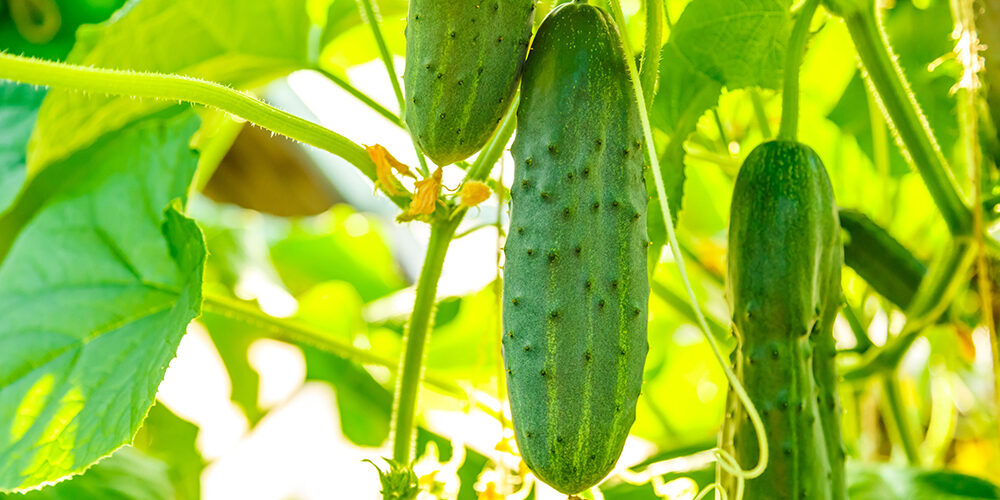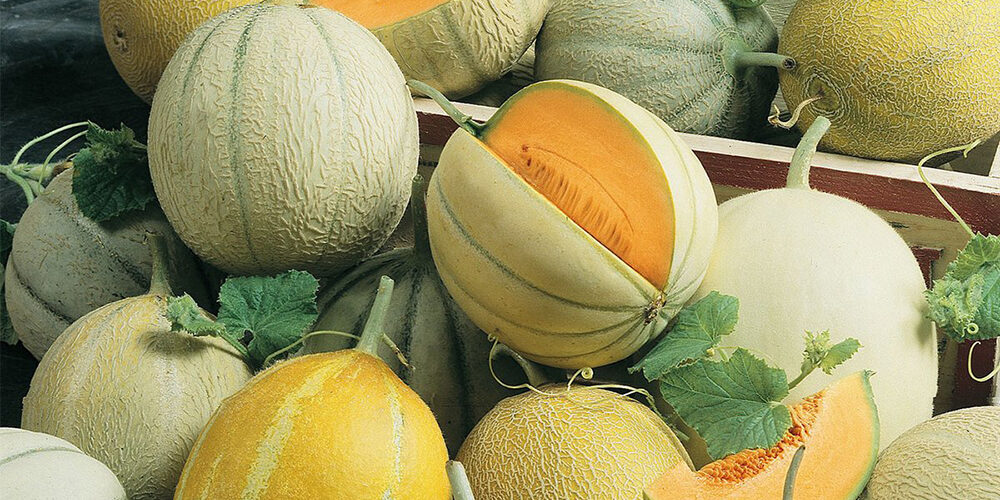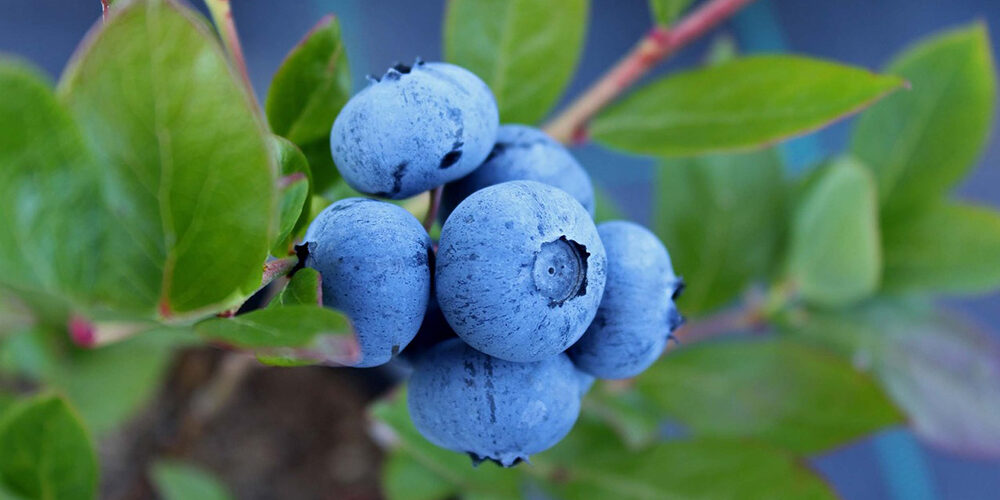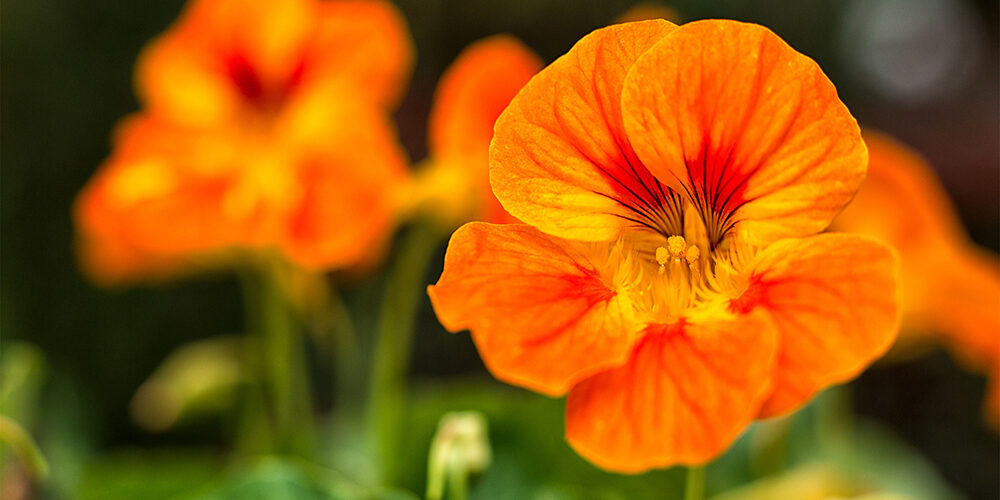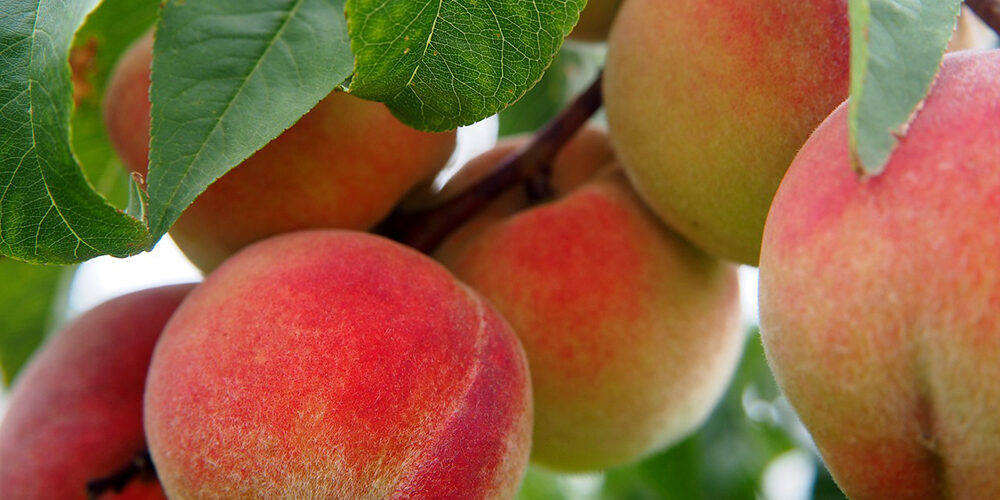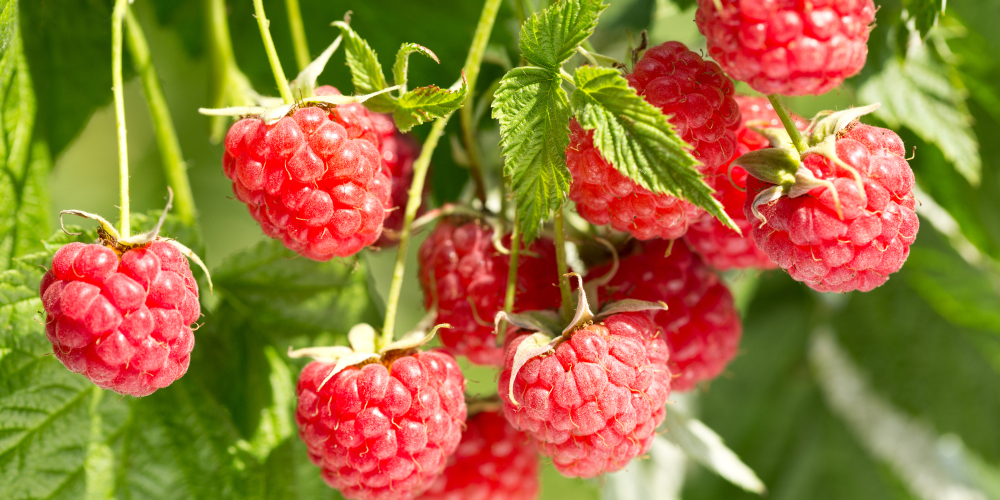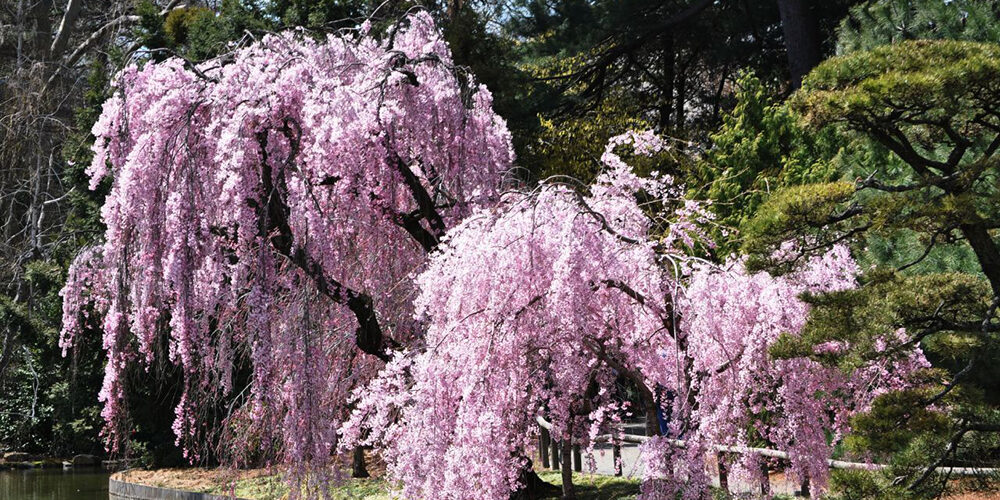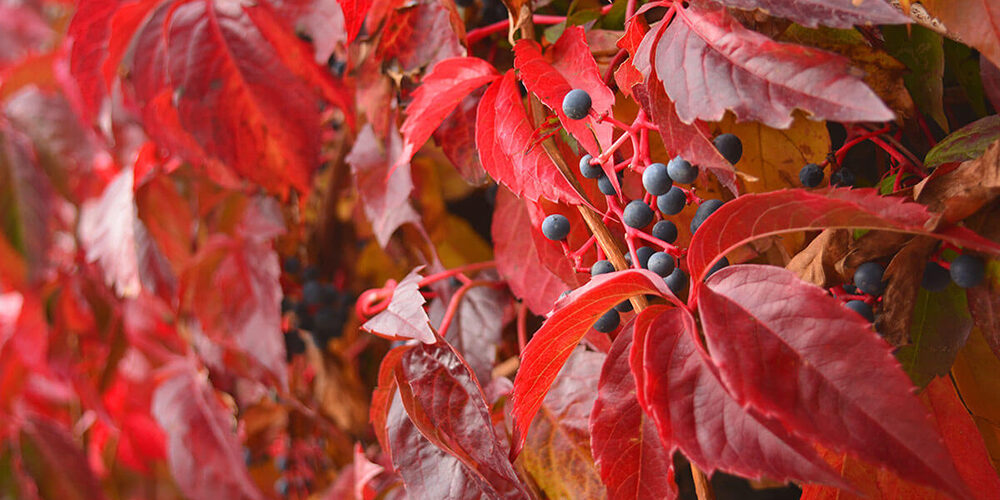Growing Rhododendrons
Rhododendrons and azaleas, both from the genus Rhododendron, have long been mainstays of late spring because of their spectacular clusters of showy blooms plus, large green leaves that often stay green through winter. The flowers are tubular-, funnel-, or bell-shaped—and often fragrant. The leaves of the smaller azalea are usually pointed and narrow; the...
Read More
Growing Lemons and Oranges
Although Citrus is a subtropical genus, northern gardeners can grow lemons, oranges, and other citrus trees in containers to enjoy fresh citrus fruit. Standard-size grapefruit and orange trees can grow 18 to 22 feet tall, whereas dwarf varieties only grow 8 to 12 feet tall. Most citrus varieties are self-fertile, so only one tree is needed for fruit...
Read More
Growing Cucumbers
An easy-care vegetable that loves sun and water, cucumbers grow quickly as long as they receive consistent watering and warmth. Most varieties will grow in any amount of space, thanks to the plant’s ability to climb. Of course, these prolific veggies are perfect for pickling! There are two types of cucumber plants: vining...
Read More
Growing Cantaloupes
Cantaloupes, or muskmelons, are a delicious, heat-loving fruit with a relatively long growing season, making them especially well-suited for southern gardeners. What is commonly referred to as a ‘cantaloupe’ is not actually a true cantaloupe—rather, a type of muskmelon. (True cantaloupe has a rough, warty rind and is not widely...
Read More
Growing Blueberries
Plump, juicy blueberries are now easy to grow in your backyard on bushes that are resistant to most pests and diseases, and can produce for up to 20 years. Did you know that the modern blueberry is a 20th-century invention? Before the 1900s, the only way to enjoy these...
Read More
Growing Nastrutium
Nasturtium is an easy-to-grow annual whose leaves and flowers are edible. Here’s how to grow your own nasturtiums! These plants, with their bright greenery and vibrant flowers, are good for containers or as ground cover. Their pretty fragrance also makes them a good choice for cut flowers. Nasturtiums are perfect to grow...
Read More
Growing Peaches
To grow peaches, the trick is to choose a type that will fit with your climate. Peach trees can be grown in USDA Zones 4 to 9, but do especially well in Zones 6 to 8. If you live in one of these latter zones, you can focus on choosing a variety based on...
Read More
Growing Raspberries
In a small space, raspberries yield a phenomenal quantity of ravishing berries—and they fruit year after year with proper care. Raspberries can be harvested all the way from midsummer through to the first frost. They are delicious and often used in many dessert recipes. See raspberry ripple ice cream...
Read More
Growing Weeping Cherry
A weeping cherry tree is at its best in spring when the pendulant branches are covered with pink or white flowers. It makes a graceful, elegant specimen tree for front lawns where it is sure to attract attention. The various species and cultivars offer a wide range of sizes,...
Read More
Growing Virginia Creeper
Virginia creeper is a climbing vine with a lot to recommend it if used properly in a landscape, as it will grow quickly to cover an unattractive wall and attaches itself with adhesive pads and aerial tendrils (instead of roots) and won’t damage a facade. In autumn the five-lobed...
Read More
